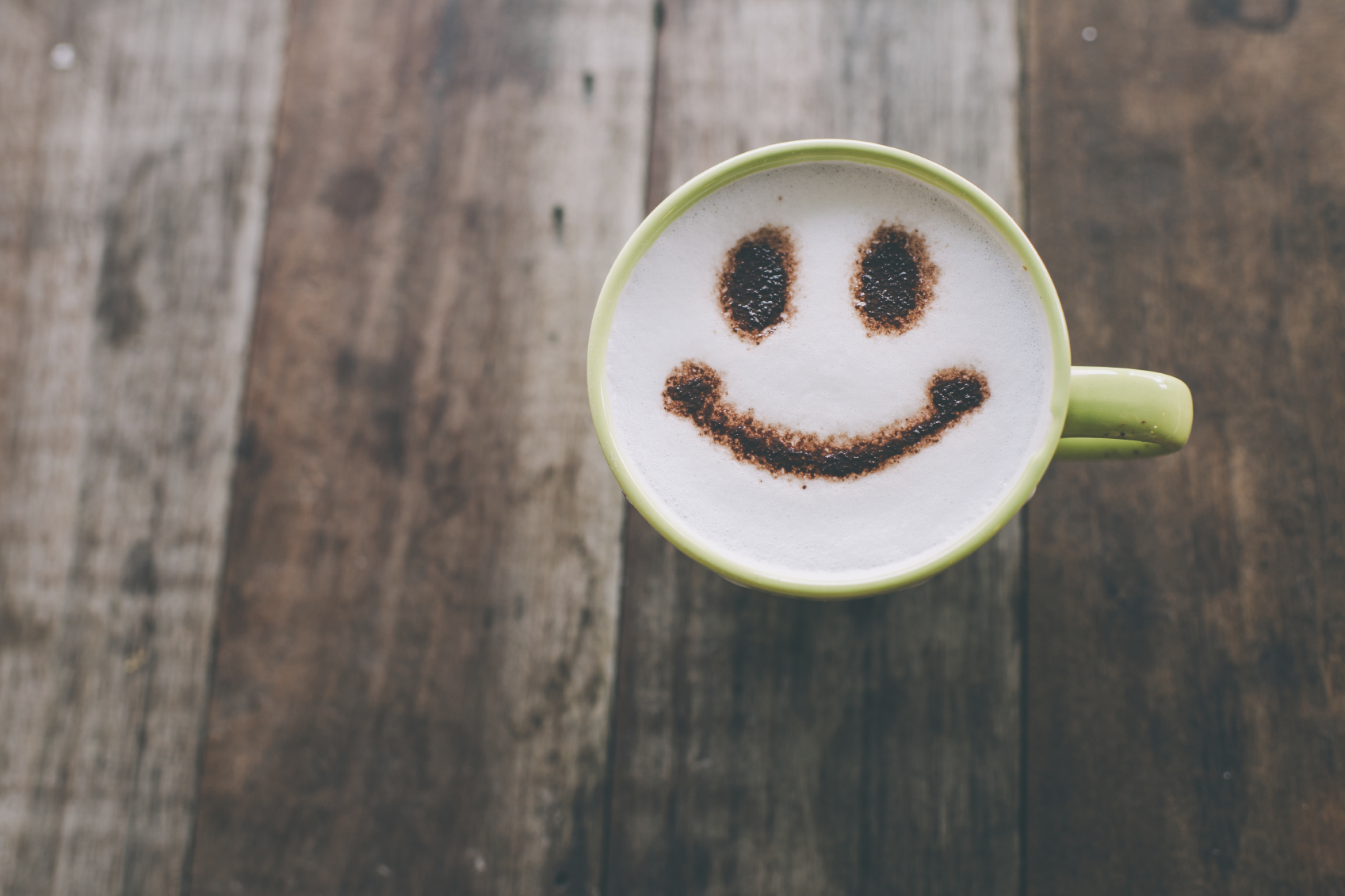
The worldwide event celebrates the benefits of having a healthy mouth and promotes awareness of issues surrounding oral health.
To celebrate, the British Dental Health Foundation have compiled a list of facts about the enormous power that lies behind a smile.
Charles Darwin studied smiles
Charles Darwin who was one of the first to really look at the power of a smile. He noted that smiling is truly universal, unlike other physical actions such as body language, or verbal communication, which differs from culture-to-culture, we all understand a smile and the feelings behind it.
Smiles are infectious!
Smiles are hugely infectious. So even if we don’t feel much happier straight away, by smiling the people around us are more likely to smile, and that can then improve our mood as well.
A smile is one of the first things people notice about you
A smile can really have a big effect our relationships. More than half of people make a smile one of the first things that people notice about others and one of the most attractive features people can have.
They can have an impact on your profession too!
A smile can also benefit our professional life too. A smile is seen as friendly and trustworthy; interviewers are likely to find candidates far more appealing if they go for a job interview with smile on their face.
Is it easier to smile or frown?
It really is easier to smile too, I am sure you would have heard that it takes less muscles to smile than frown, this really is true 43 to frown and only 17 to smile.
To find out more about World Oral Health Day visit www.worldoralhealthday.com
READ MORE
Girl who survived TWO strokes aged just three learns to walk, talk and smile again

Enjoy the convenience of having The Sunday Post delivered as a digital ePaper straight to your smartphone, tablet or computer.
Subscribe for only £5.49 a month and enjoy all the benefits of the printed paper as a digital replica.
Subscribe